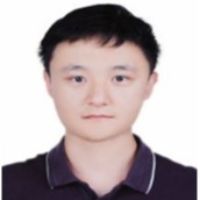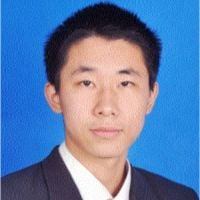High Power Density Power Electronics
A special issue of Electronics (ISSN 2079-9292). This special issue belongs to the section "Power Electronics".
Deadline for manuscript submissions: 15 September 2024 | Viewed by 1857
Special Issue Editors
Interests: high frequency power conversion; wireless power transfer; modulation and control
Interests: power electronics; power systems; digital control; energy storage; renewable energies; stability and power quality of grid-tied power converters
Special Issues, Collections and Topics in MDPI journals
Special Issue Information
Dear Colleagues,
With the application of wide bandgap semiconductors, the switching frequency and power density of power electronic converters are expected to be greatly improved. However, at the same time, the influence of parasitic parameters in the circuit is more significant, and the optimization of the switching process becomes more complicated; the magnetic components such as inductors and transformers in the circuit become the bottleneck to improving the efficiency and power density of the converter, and new designs are required to meet the requirements. Higher power density also requires higher conversion efficiency and heat dissipation capability, so high-frequency soft switching technology and advanced thermal management technology are particularly important.
The purpose of this Special Issue is to provide an opportunity for researchers to share their creative solutions and inspiring ideas to the challenges of high power density converters
In this Special Issue, original research articles and reviews are welcome. Research areas may include (but are not limited to) the following:
- Integration technology of wide bandgap devices;
- Integrated current sensing, protection, and control;
- High frequency soft switching techniques;
- High power density magnetic devices;
- Advanced thermal management;
- New topologies and applications.
Dr. Hongchang Li
Prof. Dr. Jingyang Fang
Guest Editors
Manuscript Submission Information
Manuscripts should be submitted online at www.mdpi.com by registering and logging in to this website. Once you are registered, click here to go to the submission form. Manuscripts can be submitted until the deadline. All submissions that pass pre-check are peer-reviewed. Accepted papers will be published continuously in the journal (as soon as accepted) and will be listed together on the special issue website. Research articles, review articles as well as short communications are invited. For planned papers, a title and short abstract (about 100 words) can be sent to the Editorial Office for announcement on this website.
Submitted manuscripts should not have been published previously, nor be under consideration for publication elsewhere (except conference proceedings papers). All manuscripts are thoroughly refereed through a single-blind peer-review process. A guide for authors and other relevant information for submission of manuscripts is available on the Instructions for Authors page. Electronics is an international peer-reviewed open access semimonthly journal published by MDPI.
Please visit the Instructions for Authors page before submitting a manuscript. The Article Processing Charge (APC) for publication in this open access journal is 2400 CHF (Swiss Francs). Submitted papers should be well formatted and use good English. Authors may use MDPI's English editing service prior to publication or during author revisions.
Keywords
- wide bandgap devices
- magnetic devices
- power density
- soft switching
- thermal management






